|
By Lindy Brigham I have been in the neighborhood since 1992, I live in Rancho Morado and am currently the RillitoBend Neighborhood President. As a retired Plant Pathologist, my interest in plants is the many ways they have developed to avoid being eaten.
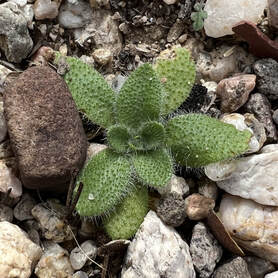 The Popcorn-flower can first be seen the beginning of January in the Rio Vista Natural Resource Park. The leaves, which look a bit fuzzy, come out of the base in a radial pattern parallel to the ground. In the next stage, the leaves start to grow upward and the plant puts out shoots with tiny white flowers. The quarter in the middle picture gives a sense of scale.
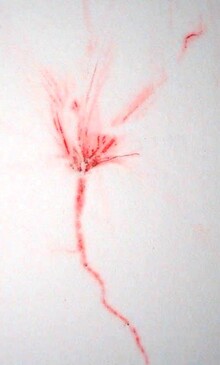 Press a plant on a piece of paper and the dye from the roots, stems and leaves will come off on the paper. The dye is in a class of chemicals called napthoquinones. Napthoquinones occur in several Borages as well as in other plant families, and are commonly used as dyes in fabric and cosmetics. Napthoquinones also have antimicrobial activity. (See 'READ MORE' below)
2 Comments
by Lindy Brigham and additional photos by Melanie Campbell-Carter and Estelle Stern-Eilers I have been working on a plant blog but after this morning's snow, I just had to photograph the snow - a beautiful and somewhat rare event for us. 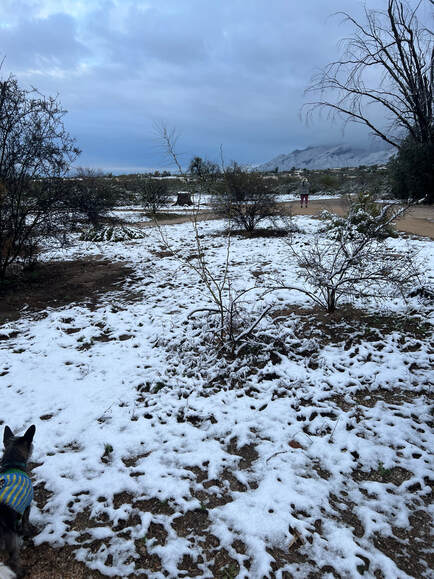 This is just inside the Labyrinth entrance to the Rio Vista Natural Resource Park. You can see the Santa Catalinas in the background with snow all the way down the slopes. Photos courtesy of Melanie Campbell-Carter Photos courtesy of Estelle Stern-Eilers
|
RillitoBend Rambles shares images and stories of our neighborhood that support our core value of respect for our natural world. Participation is open to all, whether by subscribing to posts, commenting on stories, or submitting your own rambling adventure for publication.
Please sign up below to receive our postings Archives
April 2025
Categories
All
The RillitoBend Neighborhood also has a mailing list to keep people up to date on the goings on in the 'hood' Sign up Below
|

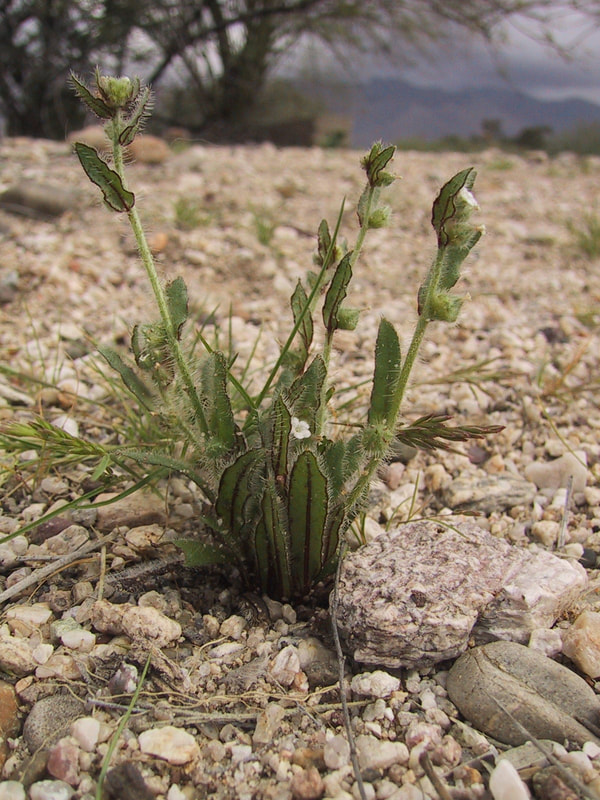
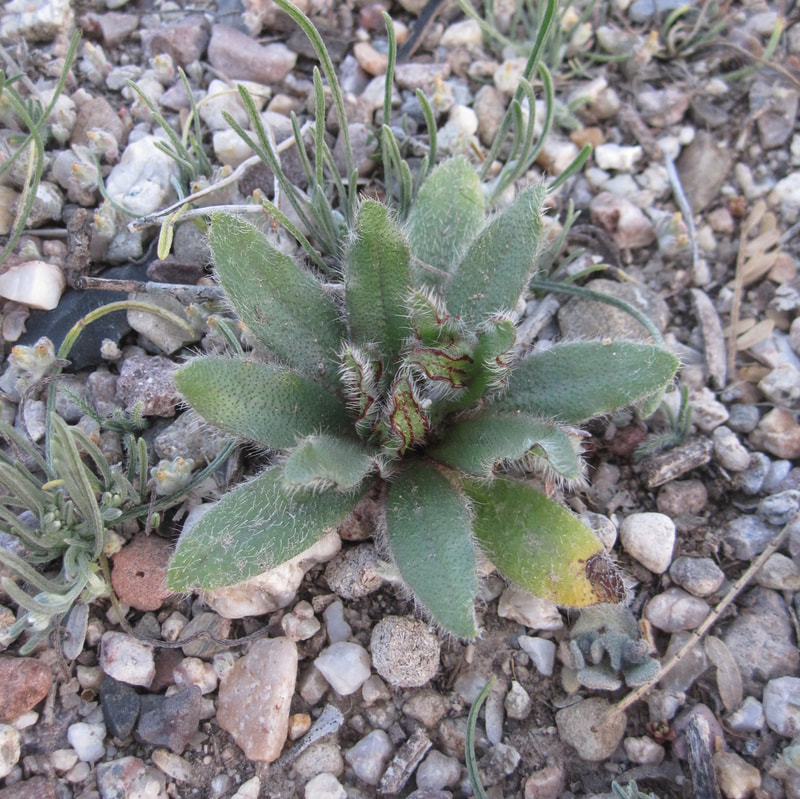
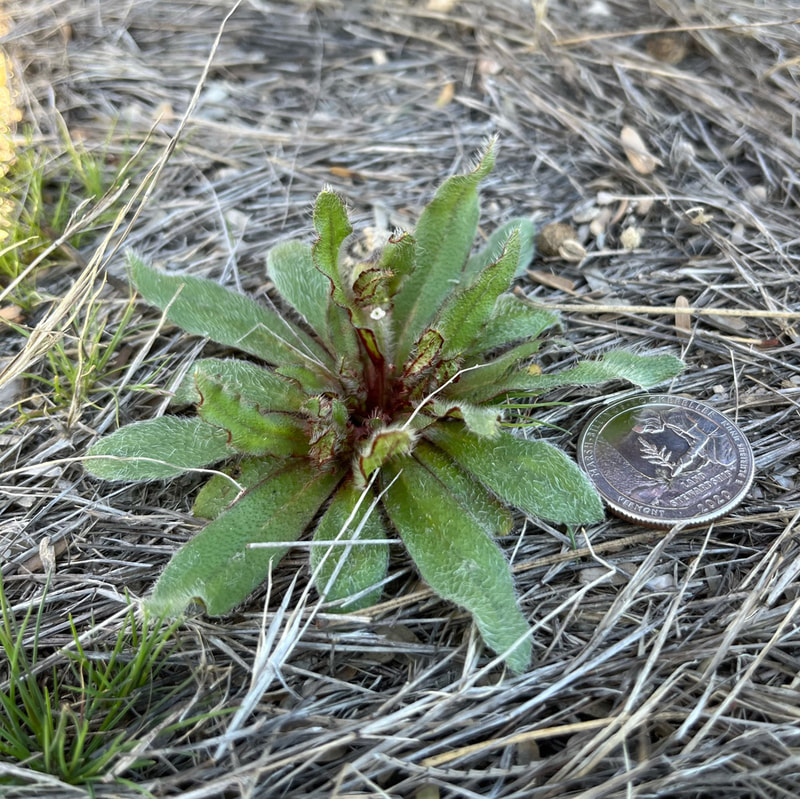
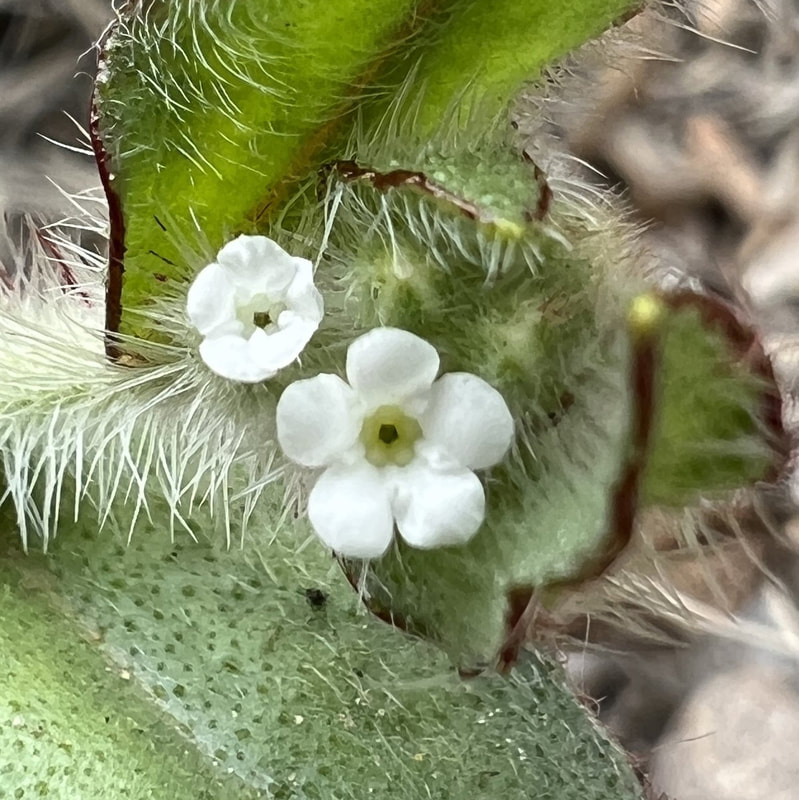
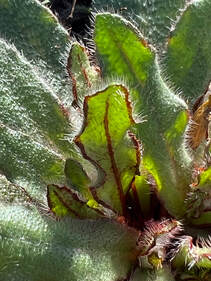
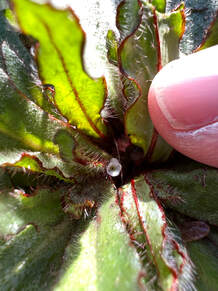

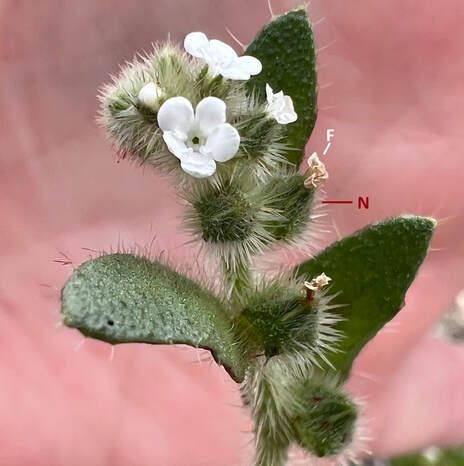
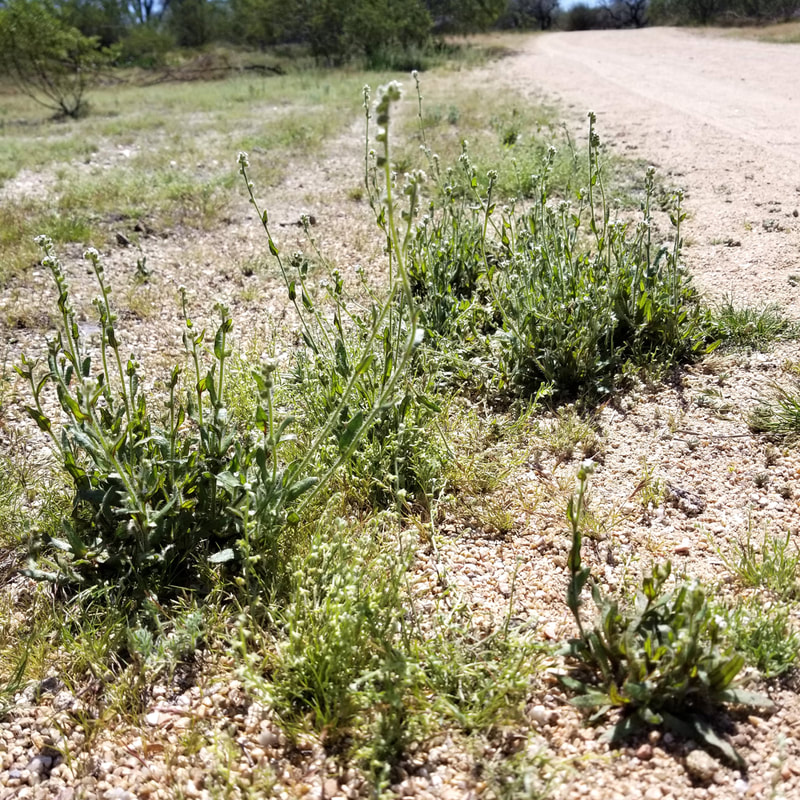
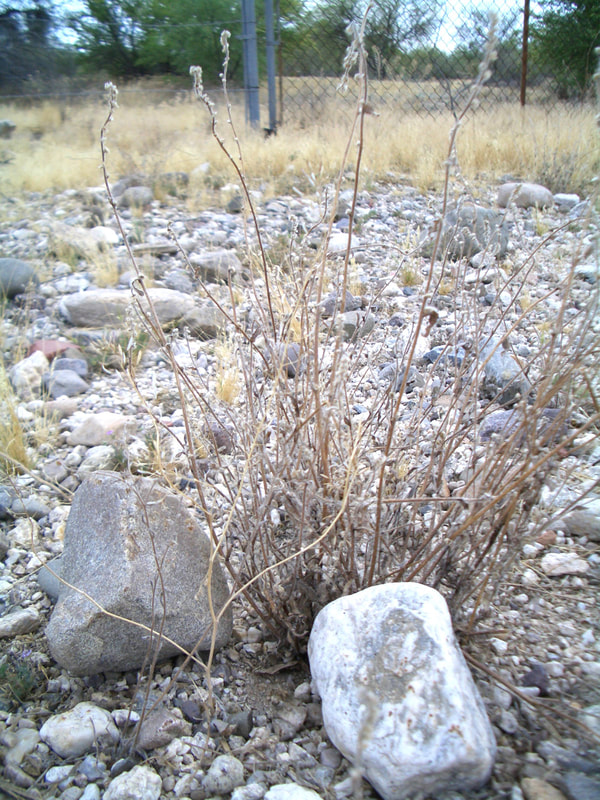
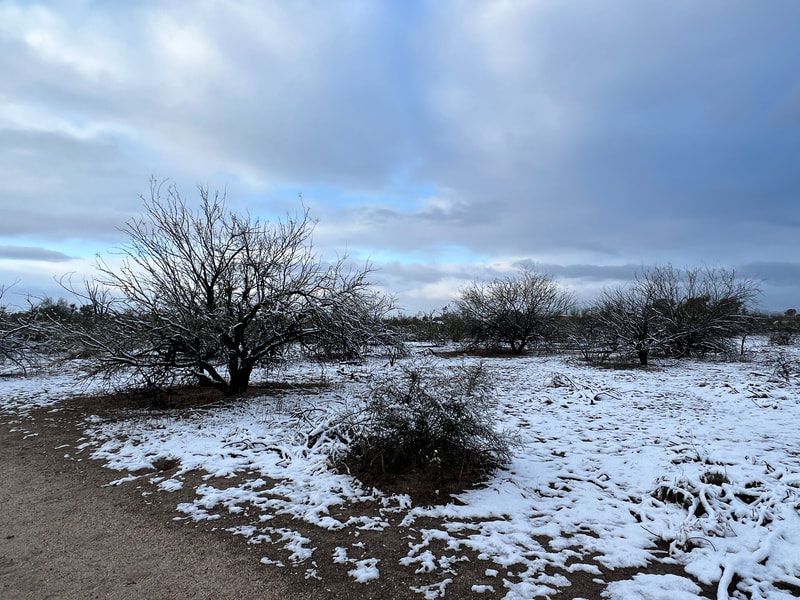
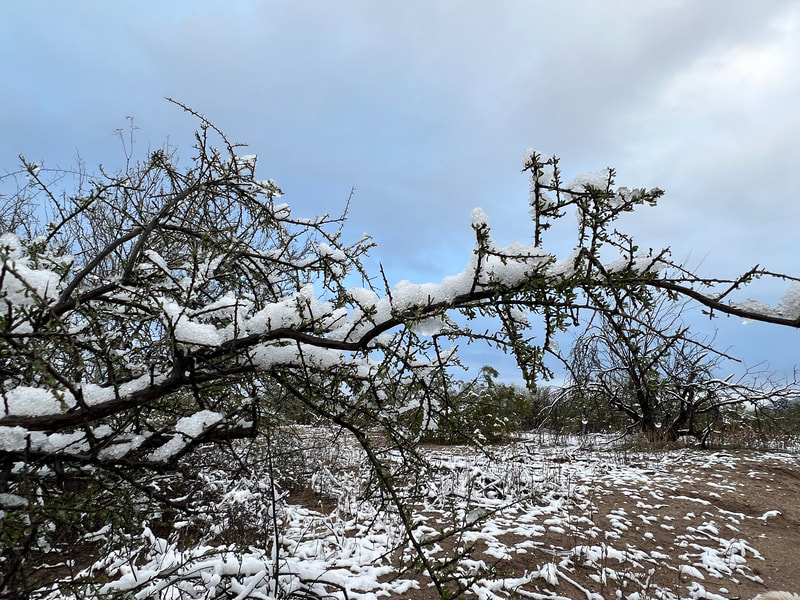
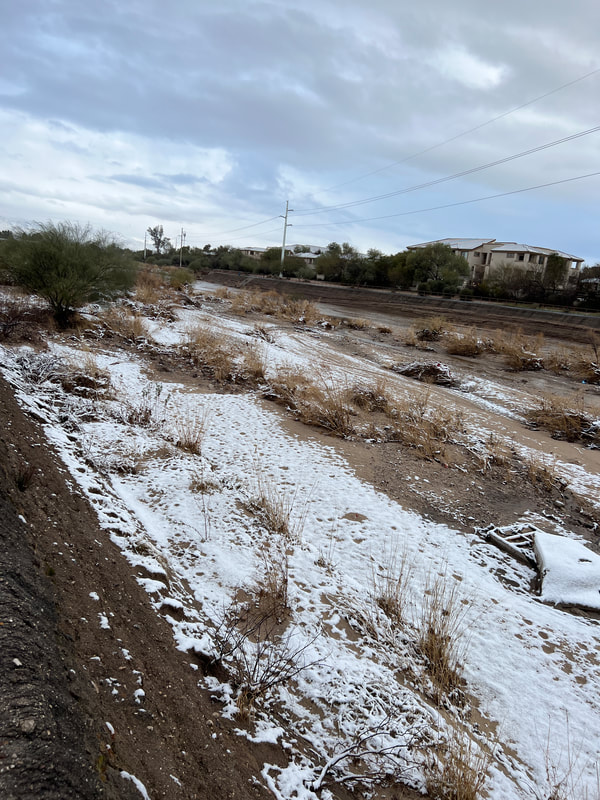
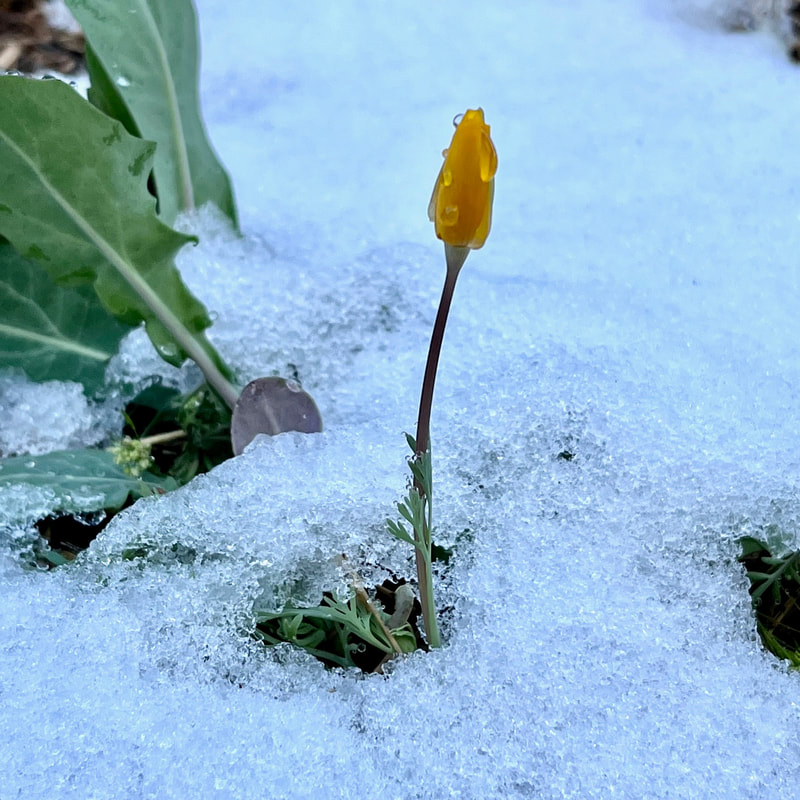
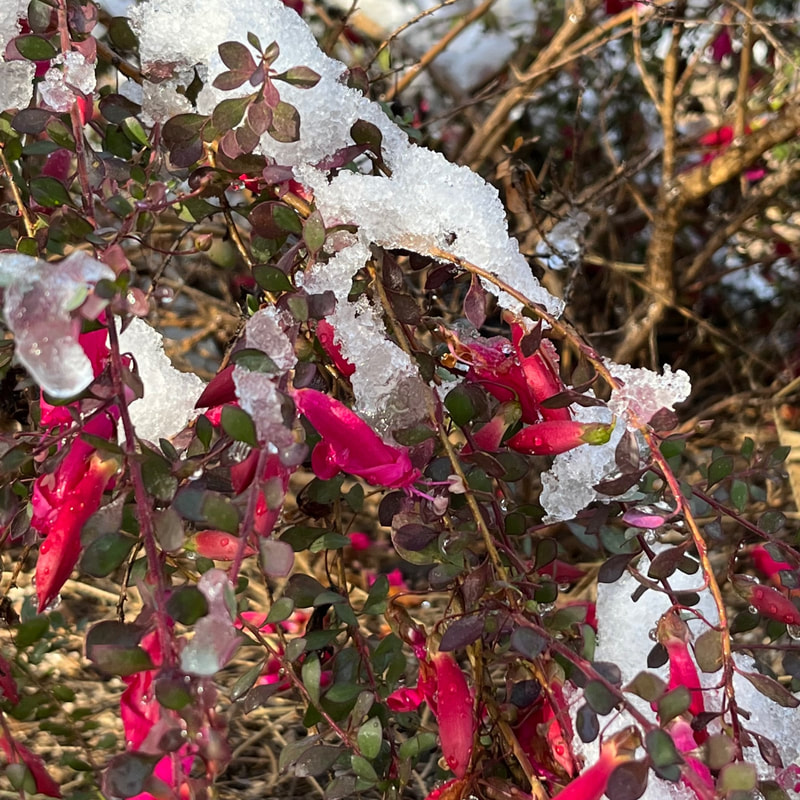
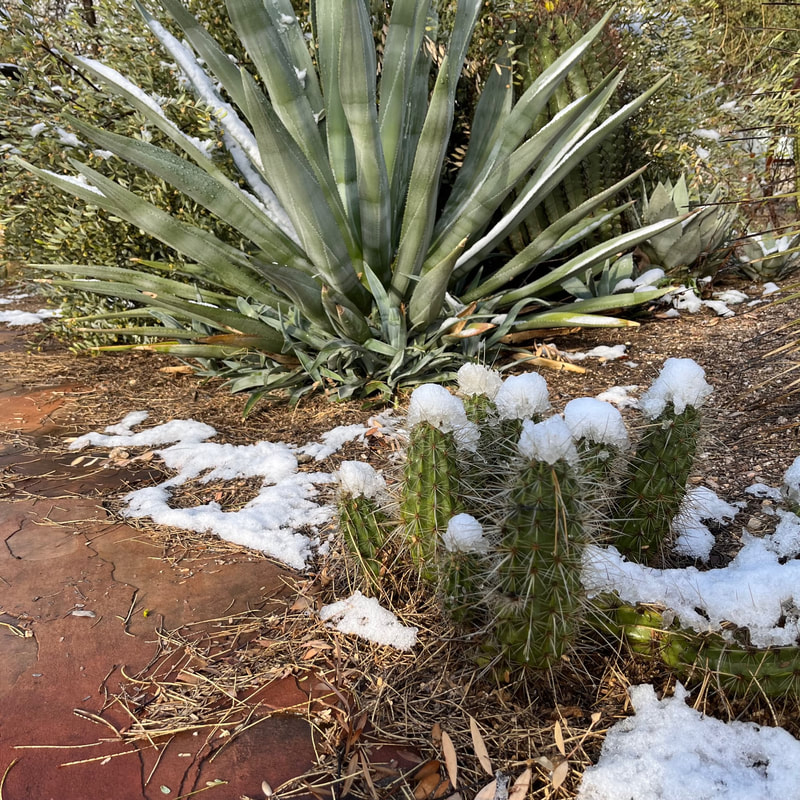
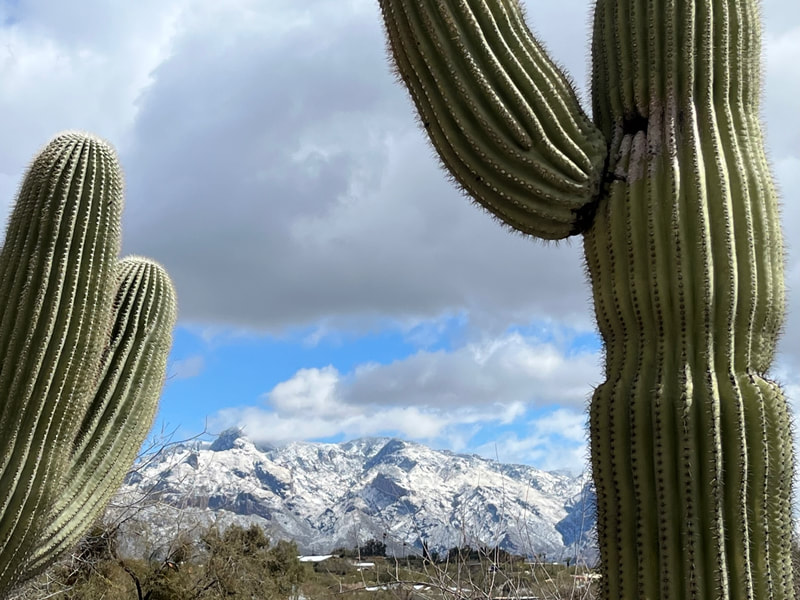
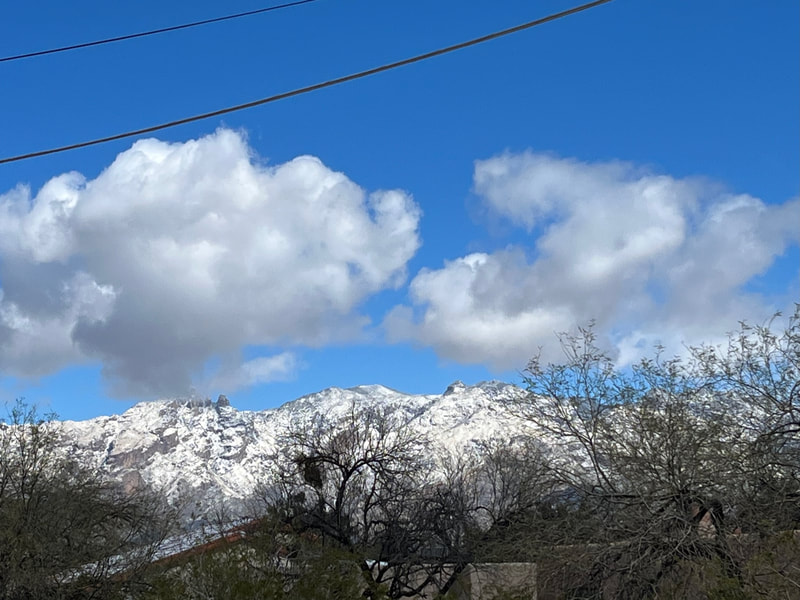
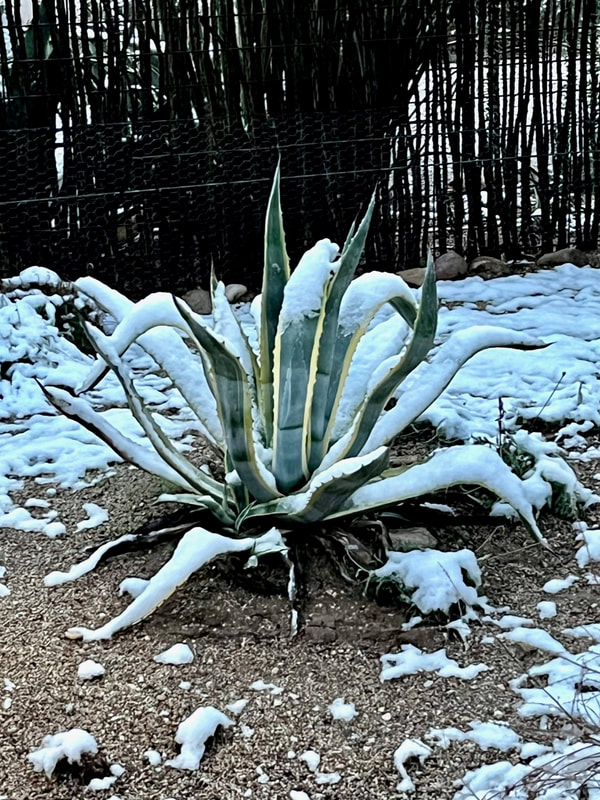
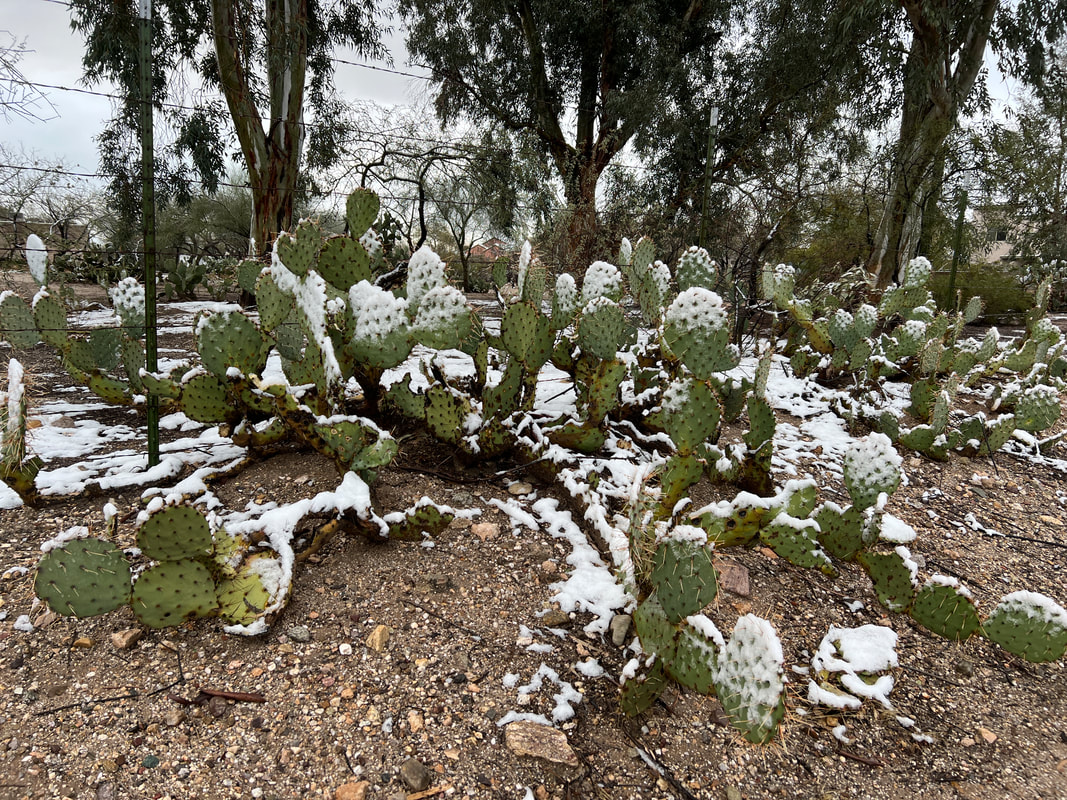
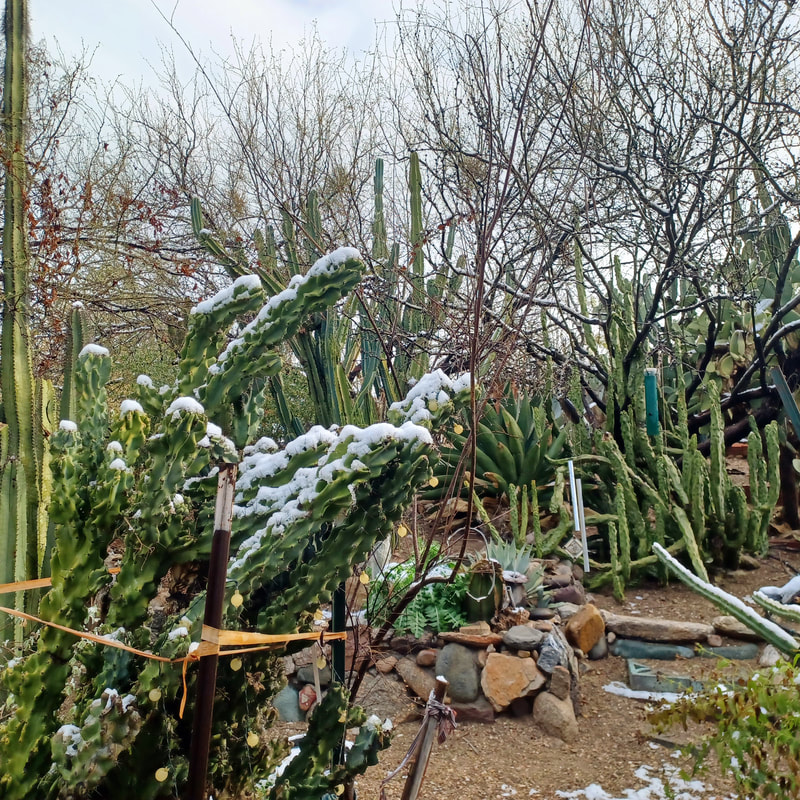

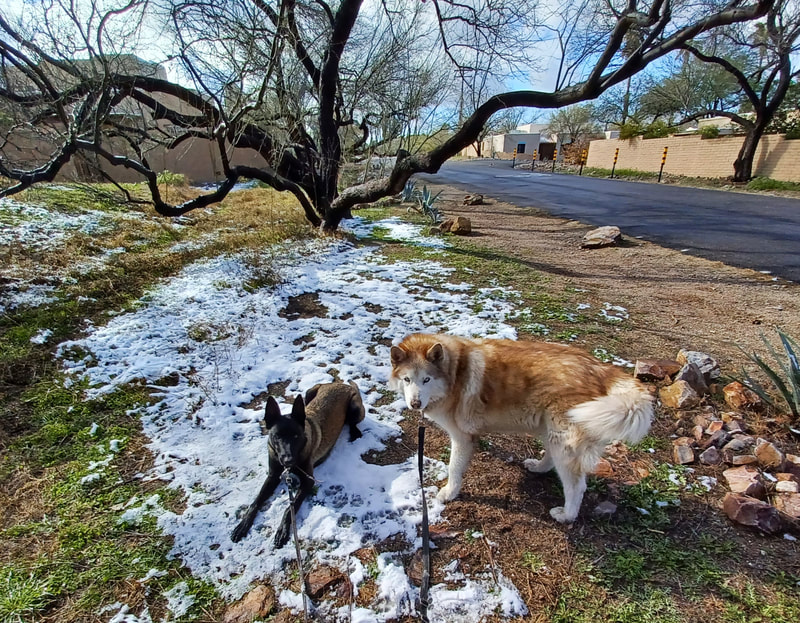
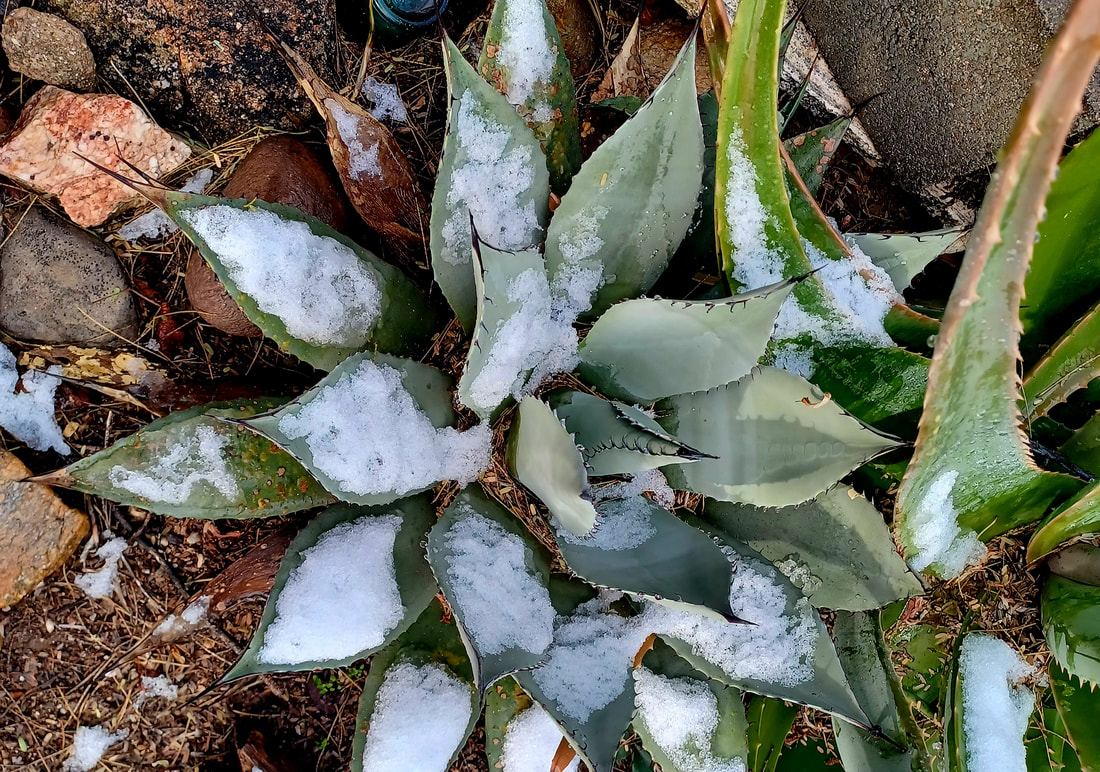
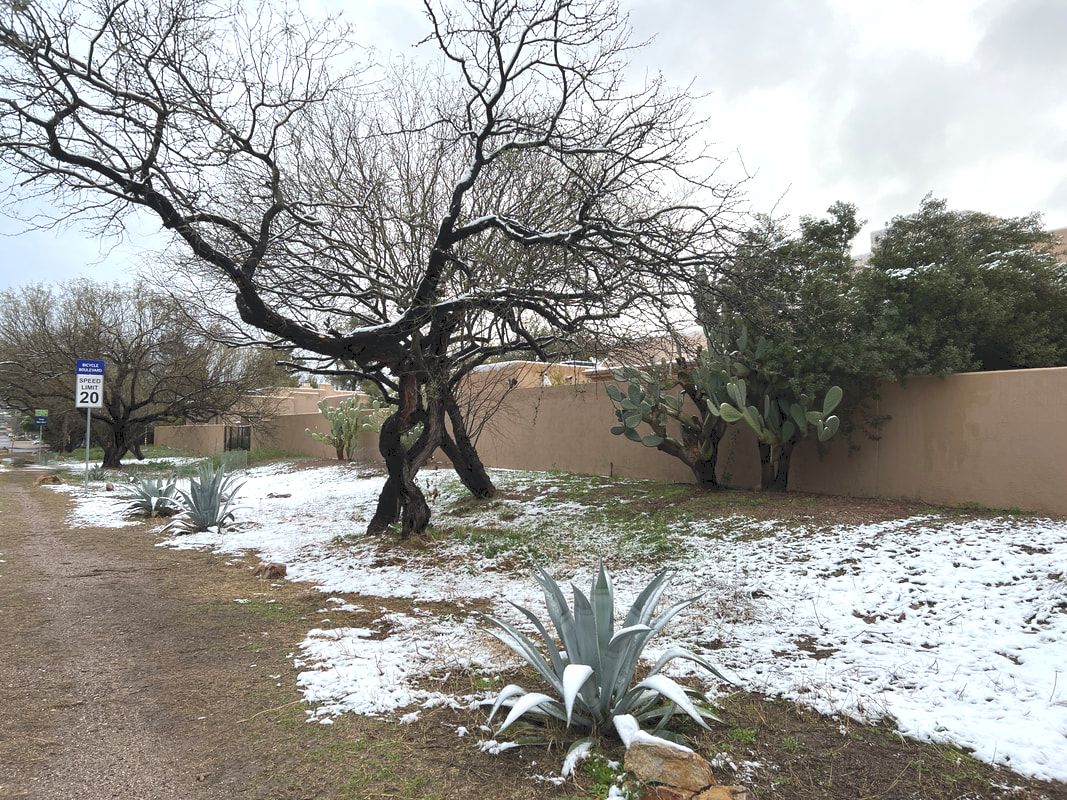
 RSS Feed
RSS Feed